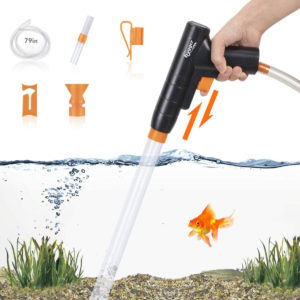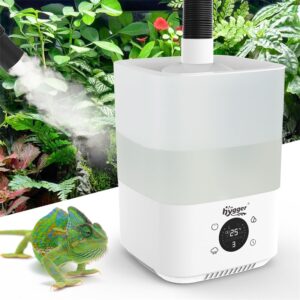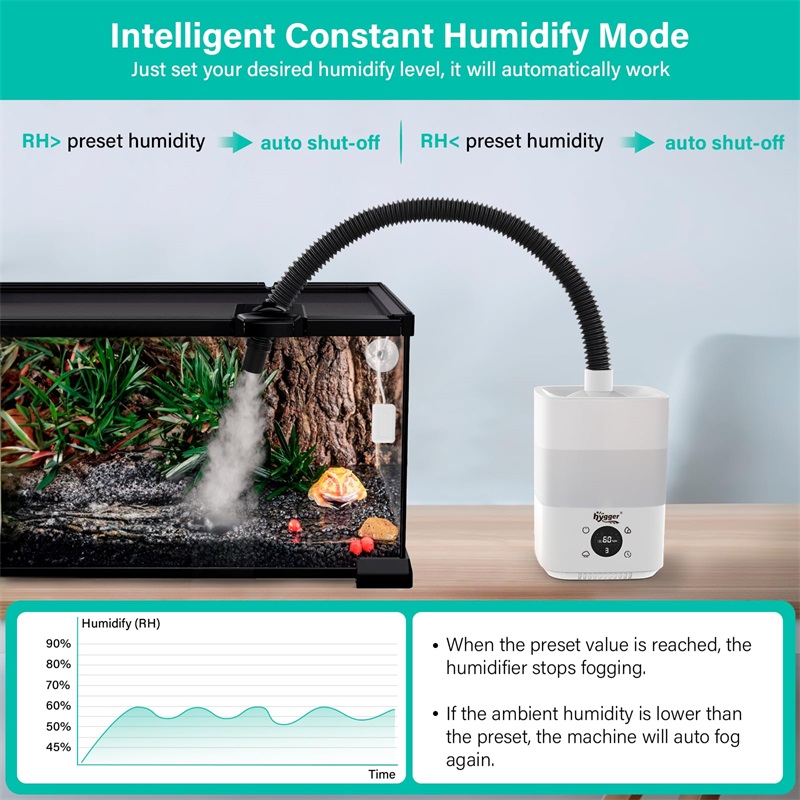Grow And Care for Selaginella Plant in House
Selaginella belongs to the Lycopodiophyta division. They are famous for their ground carpeting and resurrecting nature. It can live after years of dormancy.
You will learn some interesting things about the selaginella plant in the following. Like why, it’s called spiky moss, the life cycle of selaginella, its breeding, and a selaginella care guide. There is also an interesting question at the end that is worth learning.
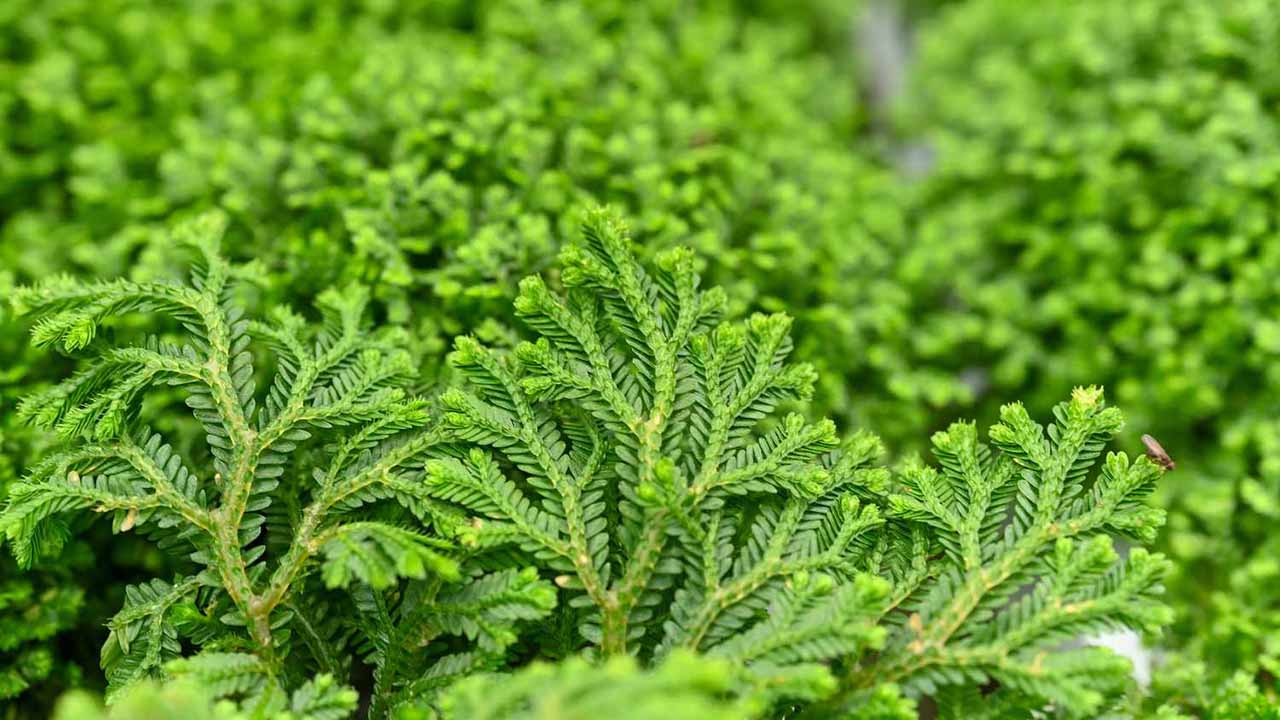
Is Selaginella a Fern
No, Selaginella is not a fern.
Similarities Between Selaginella and Fern
Selaginella and fern have some similarities. Based on similarities, it is also known as “fern ally”. Here are some similarities between them.
| Non-flowering vascular plants with proper stems, roots, etc | Both produce macro and microspores | Exhibit circinate vernation in new leaf growth |
What is Selaginella?
Selaginella belongs to the Lycopodiophyta division, and they are commonly known as spike mosses. Selaginella genus has about 750 moss-like plants. They have small leaves and scale-like flaps on the downside of the leaves. They often grow as ground covers.
They show different growth behaviors, i.e., creeping, trailing, and climbing. Mostly, they are present in tropical regions. However, some of its types are also present in arctic-alpine zones. They are an ancient earth inhabitant, i.e., some selaginella fossils are 300 million years old.

Why Selaginella Is Called Spike Moss
Selaginella is often called spike moss due to its appearance. Although, selaginella is not a true moss. Here are some reasons why selaginella is known as spike moss.
Shared Similarities
Here are some reasons for why selaginella is known as spike moss.
Texture
Selaginella has a spiky texture. Leaves are arranged in rows along the stem and are arranged in spiral shapes or ranks of four rows. This arrangement gives them a spiky appearance.
Growth pattern
Selaginella often shows creepy growth habits and makes horizontal mats on the surface. This growth pattern with plant texture gives them a name, i.e., spiky moss.
Features
Here are some salient features of selaginella.
Stem Structure
Spiky mosses have aerial, erect, sub-erect, and horizontally creeping stems. They have green and dichotomously branched branches.
Leaves
They have small, spiky leaves. These leaves are arranged in rows of four alongside the stem or in a spiral shape.
Vascular Tissues
Selaginella has vascular tissues to transport water and nutrients.
Reproduction
Spiky mosse reproduce via specialized spores. These spores are produced in sporangia that are present at the upper surface of sporophylls.
Ancient Plant
Selaginella is one of the oldest plants. Its fossils date back to 300 million years.
Natural Habitat
They are often native to tropical regions, i.e., Costa Rica, Mexico, Amazon rainfed forests, etc. However, some types are also present in temperate woodlands and arid zones.
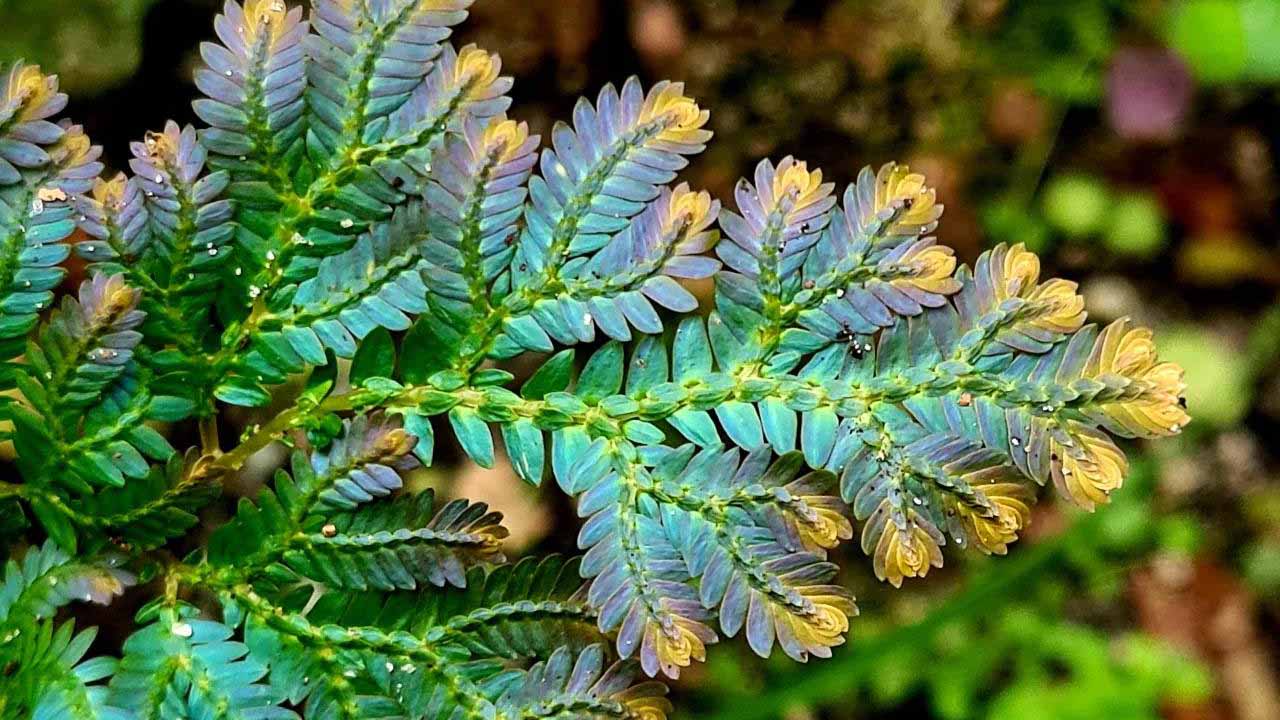
Is Selaginella Homosporous or Heterosporous?
Selaginella is a heterosporous plant. It produces two types of spores, i.e., microspores and macrospores. Macro spores develop in female gametes, and microspores develop in male gametes. Spiky mosses produce these spores in microsporangia and megasporangia structures.
Life Cycle and Breeding of Selaginella
Selaginella has an alternating generation, with distinct gametophyte and sporophyte phases in the life cycle. The life cycle of selaginella alternates between haploid gametophyte and diploid sporophyte generation. However, the sporophyte phase is the dominant phase of selaginella’s life cycle. Here is the life cycle of selaginella.
- Sporophyte Phase
Mature sporophytes produce spores with the meiosis process. These spores are released into the environment. - Gametophyte Phase
These released spores germinate and become haploid, i.e., small and independent gametophyts. These gametophytes produce male and female gametes with the mitosis process. - Fertilization
Male gametes fertilize the female gametes and form a diploid zygote. - Zygote Development
These zygotes develop into a new sporophyte, i.e., dipliod. Sporophyte is the dominant phase of Selaginella’s life cycle. - Sporangia Formations
Sporangia develops on the sporophylls of the sporophyte. - Repetition
Then the cycle repeats itself.
Why Does Selaginella Not Produce Seeds?
Selaginella belongs to the Lycopodiophyta division. Lycopodiophyta plants don’t produce seeds but breed through spores.
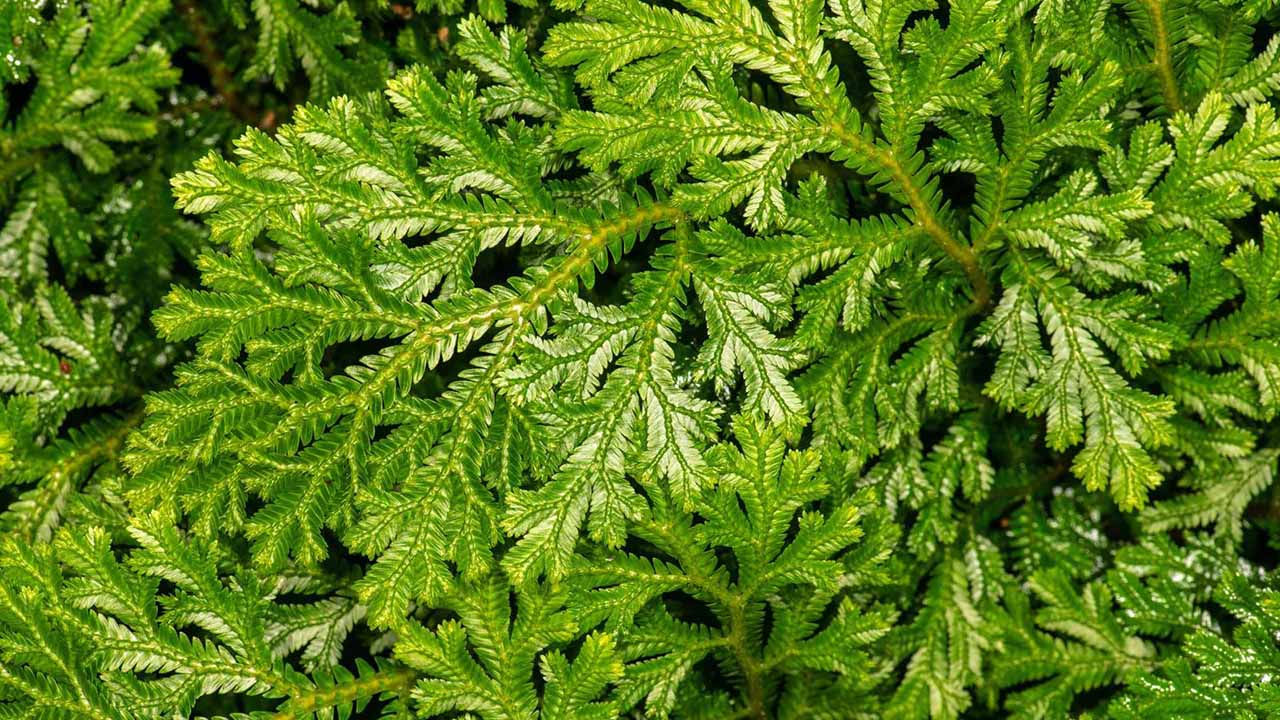
How to Care For Selaginella Plant?
Selaginella is a beautiful plant that can enhance the overall look of your indoor garden. If you want to elevate the look of your indoor garden, then you have to take selaginella care properly. Here are a few tips for a proper selaginella plant.
Light
They are shade-loving plants. So, put them out of direct sun exposure. However, with indirect sunlight exposure, you can observe the different color shades in your spiky moss. The more light, the better you get the shade of green color.
Humidity
Selaginella exhibits thriving growth under humid conditions. The minimum humidity for proper growth is 60%. However, if you want enhanced growth, maintain it at 75%+. To achieve this humidity level, you can use a humidifier.
Watering
Selaginella plants require frequent watering. Water them before soil drying but don’t do watering with cold water, you can use room temperature water for it. Moreover, don’t saturate the soil. Drought causes plant damage and can cause shock to plants.
Soil
Use well-drained soil for your selaginella care. The soil should hold the water but don’t become saturated. You can introduce perlite or vermiculite for improving the drainage of soil.
Pest and Disease Inspection
Daily inspect the plant for pests and disease. Check the signs for aphids, red spider mites, mealy bugs, and thrips. Daily inspection will help you to eliminate the pest or disease at early stages. Diseases are common in warm and dry spells.
Nutrient Application
They don’t require frequent nutrients. You need to apply the essential nutrients once a month. It’s better to dilute them to half of their strength in summer while diluting the nutrient solution to 75% in winter.
Pruning
Remove the yellow and extra pinching stems from the selaginella plant. It’ll help to promote bushy and green carpet growth.
Temperature
Most of the selaginella plants grow well between 10 to 24°C. However, certain types can grow well under 4.4°C.
How Long Can a Selaginella Lepidophylla Stay Dormant?
They can stay dormant for years. Selaginella is famous for its resilient nature and is a part of resurrection plants. They can survive, even if they lose 95% of their water. This ability allows them to grow in arid regions. On water removal, it curls its leaves inward and becomes a brown ball. This state is known as the dormant state and remains until the brown ball finds some water.
Conclusion
Selaginella is a beautiful carpet plant, a division of Lepidophylla. It has the nickname “fern ally”, although it’s not a fern. It shares some properties with ferns as well as with mosses. It has a stem structure, spiky leaf structure, and vascular tissue features. It exhibits an alternating generation life cycle. You can enhance your indoor beauty by properly caring for the selaginella plant.

